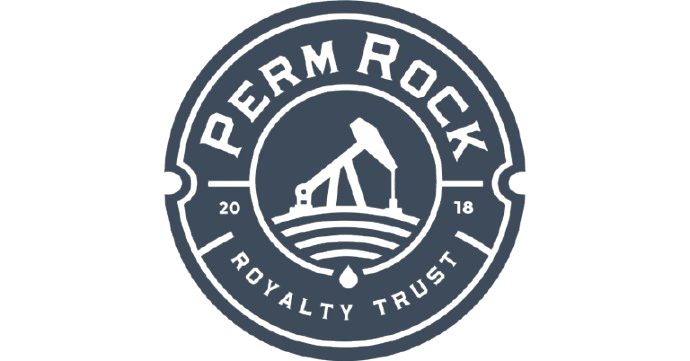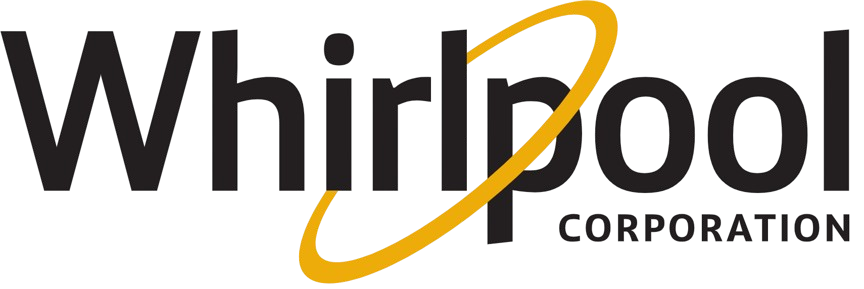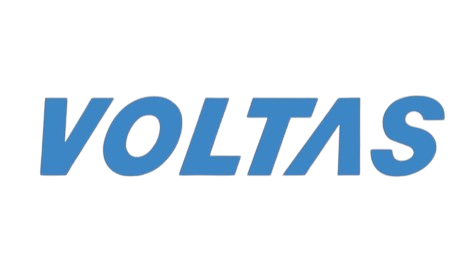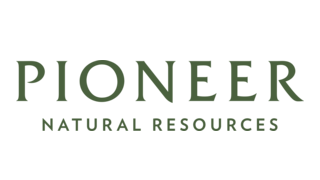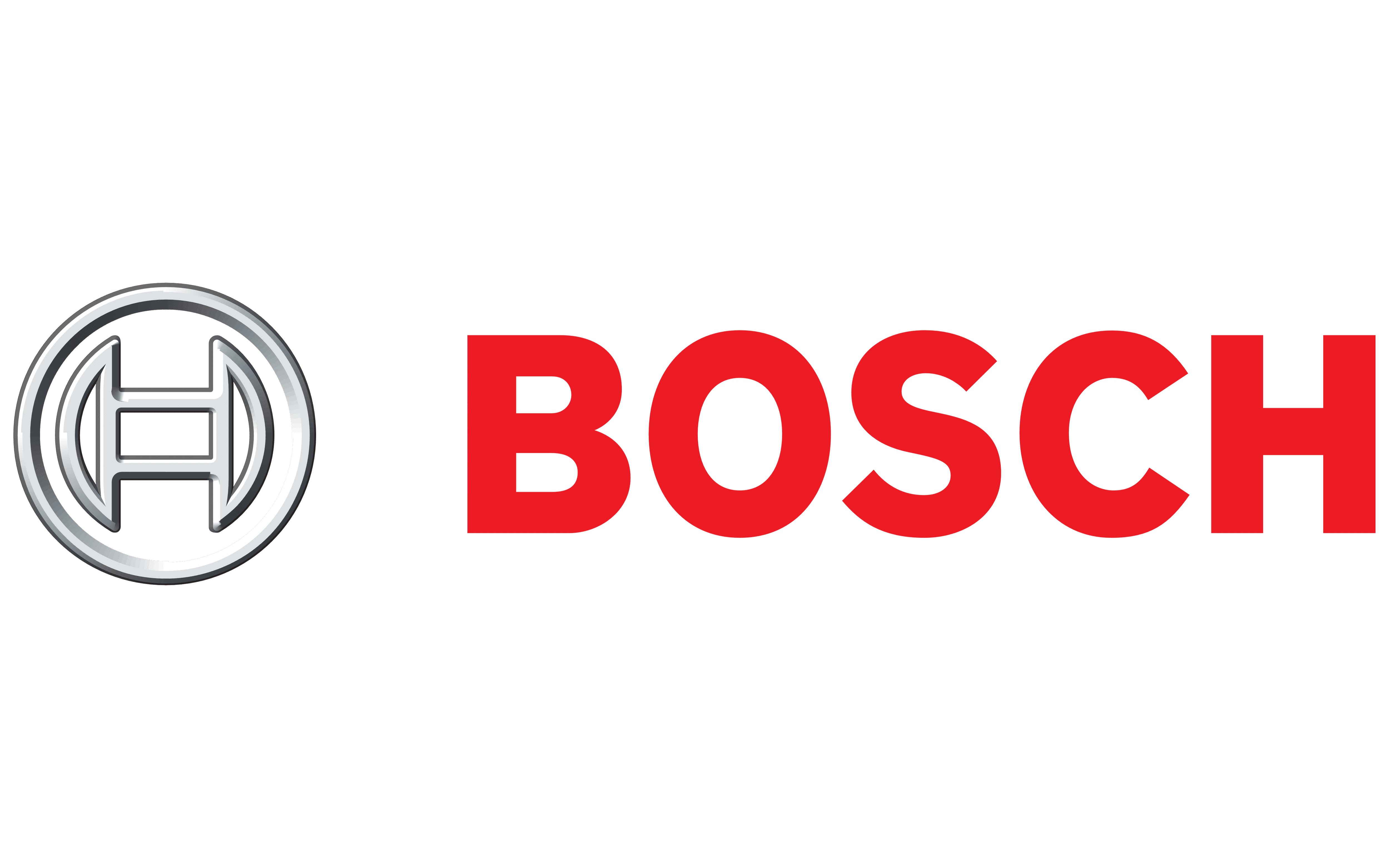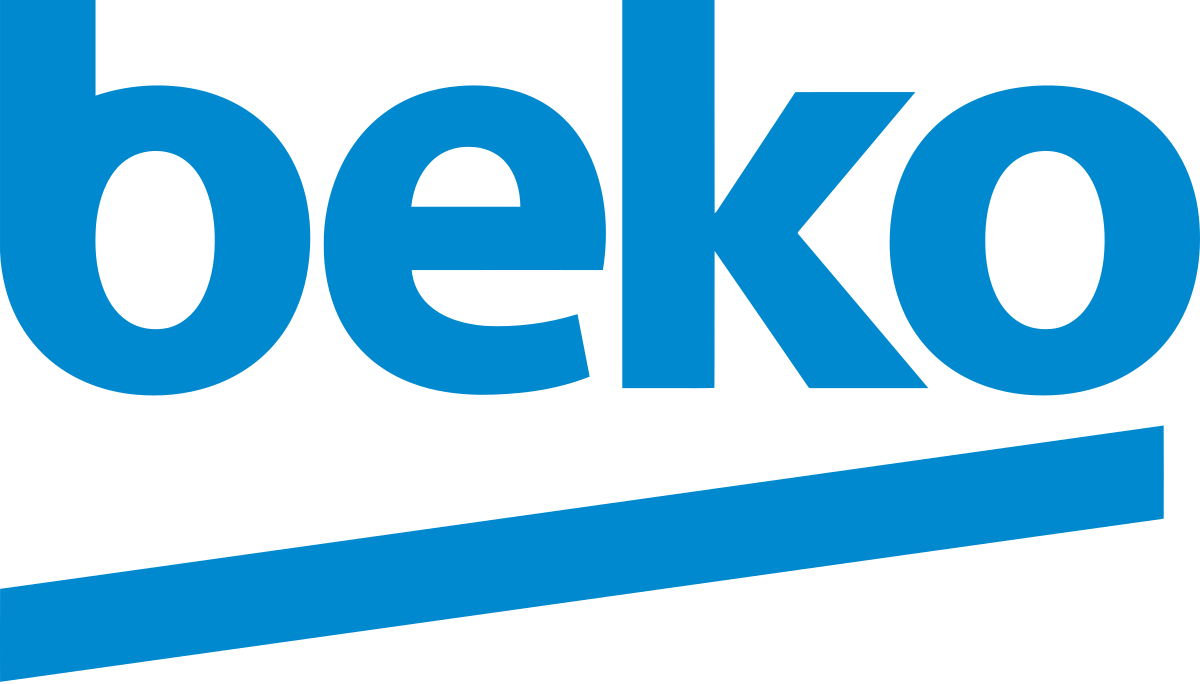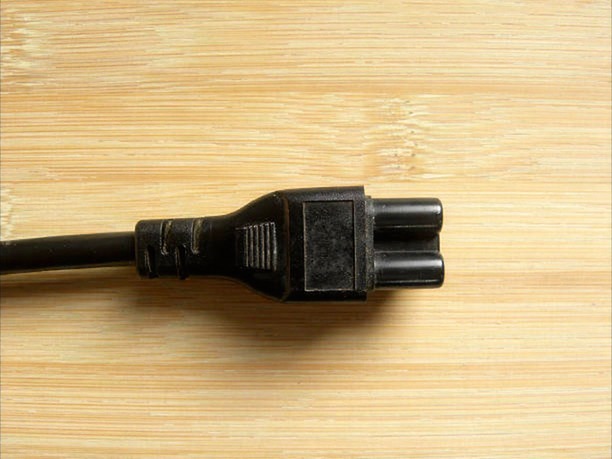
Do Your Plastic Components Meet IEC and UL? Here's How to Be Sure
In industries where safety, compliance, and performance are non-negotiable, your plastic components must do more than function—they must meet globally recognized standards like UL certification and IEC compliance. These aren't just checkboxes—they are essential to ensuring plastic component safety, meeting electrical safety standards, and enabling global market entry.
At Celestix Industries, we don’t just manufacture—we validate, certify, and guarantee. As a leading manufacturer of wiring harnesses and flame-retardant plastic components, we ensure our products are built to meet rigorous UL standards, IEC standards, and the expectations of international OEMs.
This guide breaks down everything you need to know about how to verify compliance, avoid costly errors, and select the right partners to meet plastic component regulations. It’s more than a checklist—it’s a framework for long-term reliability, innovation, and global competitiveness.
Why IEC and UL Matter for Plastic Components
Whether you're dealing with medical enclosures, automotive power systems, or telecom connectors, these standards are crucial:
Together, these frameworks ensure:
Plastic component reliability
Material compliance testing
Flame resistance testing
meet global norms.
IEC and UL standards don’t just protect end users—they empower manufacturers with documented proof of compliance, which is crucial for:
Winning new contracts with OEMs
Expanding to export markets
Meeting industry-specific compliance (e.g., ISO 13485, IATF 16949, IPC/WHMA-A-620)
What Happens Without Compliance?
Non-certified components can lead to:
Delays in regulatory approval
Rejected product lots
Product recalls due to electrical safety failures
Brand damage and lost customer trust
Costly litigation or penalties
Global brands now demand traceable IEC and UL testing. Compliance is no longer optional—it is a qualifier.
5 Steps to Ensure Plastic Component Compliance
1. Choose Certified, Flame-Retardant Materials
Checklist for Compliant Plastics:
UL 94 V-0 or V-1
Glow-wire rated per IEC 60695
RTI and CTI verified
Toxicity and chemical resistance confirmed
Use Cases:
EV connectors: require flame retardancy
Telecom housings: require UV stability
HVAC clips: must withstand high temperatures
2. Verify with IEC and UL Testing Requirements
Testing Matrix:
Certification Package Includes:
FAI reports
PPAP submission
Third-party audit-ready documentation
3. Build to Global Electrical Standards
Compliance Strategy:
Use IEC/UL-specific CAD templates
Simulate worst-case thermal and load stress
Integrate safety zones per IEC 62368
Validate with SPC and ECNs
We deploy digital twins and DFM principles to avoid failure during certification.
4. Prevent Compliance Risks with Strong Documentation
Documentation Maintained:
Application-wise material standard library
Digital history of certifications (UL, IEC)
Lot-based traceability from resin to product
Each Shipment Includes:
Certificate of Compliance (COC)
UL and IEC material data sheets
FAI/PPAP traceability record
5. Ensure Safety Through Design
We collaborate with customer engineers to ensure every design meets regulatory intent:
Use MoldFlow to check fill, warp, and venting
Apply FMEA to assess design risk
Simulate field failures via load and thermal profiles
Design Features We Support:
Common Pitfalls in IEC and UL Certification
Be aware of the following common issues:
Mixing UL and non-UL resins
Missing IEC marking on BOMs
Post-processing that voids test results
Incomplete third-party documentation
Lack of traceability and labeling
Why Celestix?
Trusted by:
Automotive OEMs (Tier-1, Tier-2)
White goods and consumer brands
Telecom and energy infrastructure firms
Case in Point: AC Power Cord Connector
This IEC 60320-style molded plug passes:
UL 94 flame testing
UL 746C aging tests
IEC 60950 mechanical compliance
Non-compliance Risk:
One untested part can cause product disqualification in CE/UL-regulated markets.
We test, trace, and certify every plug—before it reaches your production line.
Conclusion: Get Certified or Get Left Behind
UL and IEC certifications are the backbone of global plastic component safety.
Celestix manages the entire lifecycle of compliance:
Material selection
Mold and design verification
Production validation
Documentation and testing
Choose a partner that builds compliance into the design, not just the product.
Ready to Certify Your Components?
Email us at: info@celestixindustries.com
Request a quote: celestixindustries.com/GetaQuote
Ask for our UL/IEC compliance checklist to start your validation process.
Let us help you engineer safety from the ground up.
